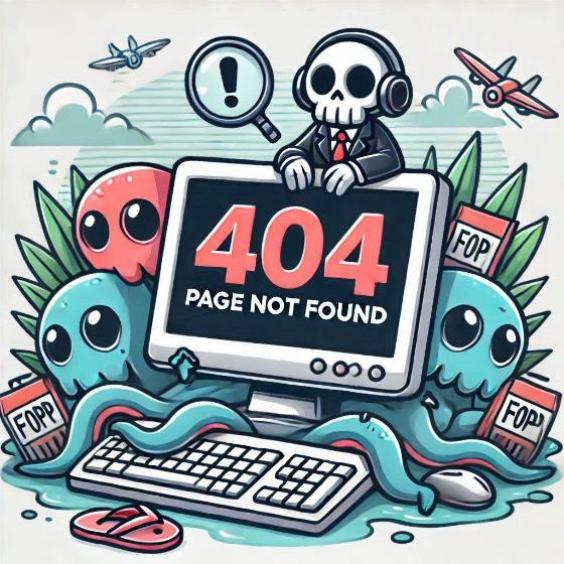Common Mistakes When Translating Advertising for International Markets
In the era of globalization, companies seek to expand their reach to international markets to increase their presence and sales. However, translating advertising for these markets can be a complex and delicate process. An error in translation can have negative consequences for the brand's image and its success in the target market. In this article, we will explore some of the common mistakes when translating advertising for international markets and how to avoid them.

1. Lack of understanding of cultural context
Advertising should not only be translated literally, but it should also be adapted to the cultural context of the target market. A common mistake is not considering cultural and social differences that may affect the perception of the advertising message. For example, an ad that is considered funny in one country may be offensive in another.
To avoid this error, it is important to research and understand the cultural context of the target market. This includes understanding the customs, values, and beliefs of the target population and adapting the advertising message accordingly.
2. Use of literal translations
The literal translation of an advertising message may not be effective in an international market. Wordplay, double meanings, and idiomatic expressions may not be translatable literally and may lose their meaning in translation.
To avoid this error, it is important to use translations that are adapted to the cultural and linguistic context of the target market. This includes using translators specialized in marketing and advertising who can capture the spirit and tone of the original message.
3. Not considering linguistic differences
Linguistic differences can be a significant obstacle in translating advertising. For example, Spanish spoken in Spain is different from Spanish spoken in Latin America. Similarly, French spoken in France is different from French spoken in Canada.
To avoid this error, it is important to consider linguistic differences and use translations that are adapted to the dialect and language variant of the target market.
4. Not testing the advertising message
Before launching an advertising message in an international market, it is important to test it with a group of people from the target market. This can help identify any errors or misunderstandings in the translation and ensure that the message is effective.
To avoid this error, it is important to conduct market tests and obtain feedback from the target population before launching the advertising message.
5. Not considering legal and regulatory restrictions
Legal and regulatory restrictions can vary significantly from one country to another. For example, some countries have strict laws regarding the advertising of certain products, such as food or medicine.
To avoid this error, it is important to research and understand the legal and regulatory restrictions of the target market and adapt the advertising message accordingly.
Translating advertising for international markets can be a complex and delicate process. However, by understanding the common mistakes and taking steps to avoid them, companies can ensure that their advertising message is effective and respectful in the target market.
Some strategies to avoid these mistakes include:
- Researching and understanding the cultural context of the target market
- Using translations that are adapted to the cultural and linguistic context of the target market
- Considering linguistic differences and using translations that are adapted to the dialect and language variant of the target market
- Testing the advertising message with a group of people from the target market
- Researching and understanding the legal and regulatory restrictions of the target market and adapting the advertising message accordingly
By following these strategies, companies can ensure that their advertising message is effective and respectful in the target market and increase their presence and sales in international markets.






